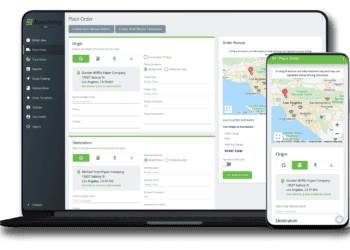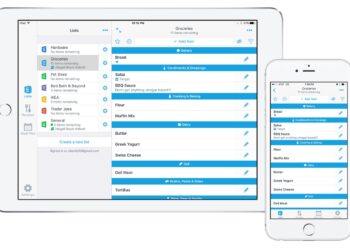Traditional Security Information and Event Management (SIEM) entered the market with big promises.
The biggest promise of them all was that it will solve the issue of too much data with its advanced management capabilities. In reality, teams remained overwhelmed with a large number of unconnected alerts.
Today, companies are up against more cyber threats than ever before.
Also, they have more vulnerable components within their infrastructure due to their increasing complexity and continual changes (e.g. multi-cloud environments).
As a result, they have more security solutions deployed within their architecture to guard their most important assets.
The architecture of businesses, security tools, and hacking techniques are scaling and getting more complex — which means that organizations need more out of their protective solutions.
Traditional SIEM technology that relies on data management is no longer sufficient.
SIEM alternatives are necessary to make up for the shortcomings of traditional SIEM solutions.
What does this mean for security teams?
Let’s start with the basics.
Traditional SIEM Explained
What should you know about SIEM? It’s the Security information and management system, the tool designed to identify, examine, and react to cyber threats early.
It has two functions:
- Management of security events
- Management of security data
In theory, SIEM should have given teams complete visibility into the attack surface (all systems that can be targeted by hackers).
In reality, it didn’t work well in either detecting the threats that present an actual risk for the company or deflecting them before they become a problem for the company’s security.
Today, this solution developed into the Next Generation SIEM. It relies on machine learning and artificial intelligence to make sense of a large amount of data.
For example, it takes into consideration the regular behavior within a company — instead of sending alerts about any suspicious activity. It reports deviations — occurrences that differ from what it thinks of as a norm.
Open XDR: A Rising SIEM Alternative
Open XR (Extended Detection and Response) is the platform that unites different security tools in a single place. A couple of them are Next Gen SIEM, Network Detection And Response (NDR), and Next Gen SecOps.
As a result, the platform lives up to the promises made by the early SIEM.
Some of the capabilities of Open XDR are:
- Unity of a large amount of once-siloed security and data management tools
- Automated Threat and Detection Response
- Management of large volumes of data
The platform gathers the best (and often previously incompatible) cybersecurity tools. It combines their threat detection and response capabilities as well as the data they generate on their own.
Automation of processes such as threat detection and responses to well-known threats and management of data means that the platform can keep up with the overwhelming number of information coming from the solutions.
Most companies nowadays rely on an average number of 50 security tools per organization. Enterprises and smaller businesses might have more or less, but they do have one thing in common — security tools generate a lot of the data that has to be processed.
The data that is gathered, analyzed, and correlated is presented within a single interface. From there, the platform uses AI to create reports for the company and process large volumes of data. It tracks changes at all times to detect unusual activity and cease malicious activity.
This means that security analysts have access to all of the data, and they need to be fast when addressing the critical issues of the company before they escalate into major incidents.
What’s more, they have data that is specific to the context of the company.
Simple Security For Overworked Teams
The most important outcome of using the Open XDR platform is that it weeds out many complexities of keeping a business safe from cyber-attacks. That is, it facilitates security processes for staff with versatile skill sets.
This is important because companies have difficulty finding and often retaining top talent within the industry.
Traditional SIEM would, as the teams that used it would find out soon enough, send too many alerts. Many of them would have to be manually analyzed, and as it turned out — they’d be nothing more than false positives.
The problem with that was that SIEM couldn’t make a difference between high and low-risk issues.
Security staff didn’t have a single platform that any team member could use to improve security and get insights into the latest state of the security of the company.
Nowadays, with the shortage of security professionals, a large number of cyber attacks, and the skill gap among the existing teams, it’s important that the security tools are user-friendly.
Many security tools and processes are automated nowadays — including threat response and reports that are generated on a single dashboard.
This forms more time for teams to dedicate to critical tasks and issues for the company — making the jobs of overworked and understaffed teams more manageable.
The Future of Cybersecurity Solutions
The needs of modern businesses surpassed the type of cyber protection that SIEM would provide in its early days.
Open XDR is a platform that poses as an alternative to the traditional SIEM tool, which burdened security teams with too many alerts and not much actionable data.
The platform responds to many of the issues that both companies and security teams have to cope with today.
One is that businesses have too many security tools whose data is not linked or correlated with the context of n organization.
To remedy that, the platform uses the capabilities of versatile tools. One of them is a data management tool that gathers the findings from different solutions and creates a comprehensive report on the state of the company’s security.
Even more, it pairs that with a solution that automatically detects threats and responds to critical issues within the company.






